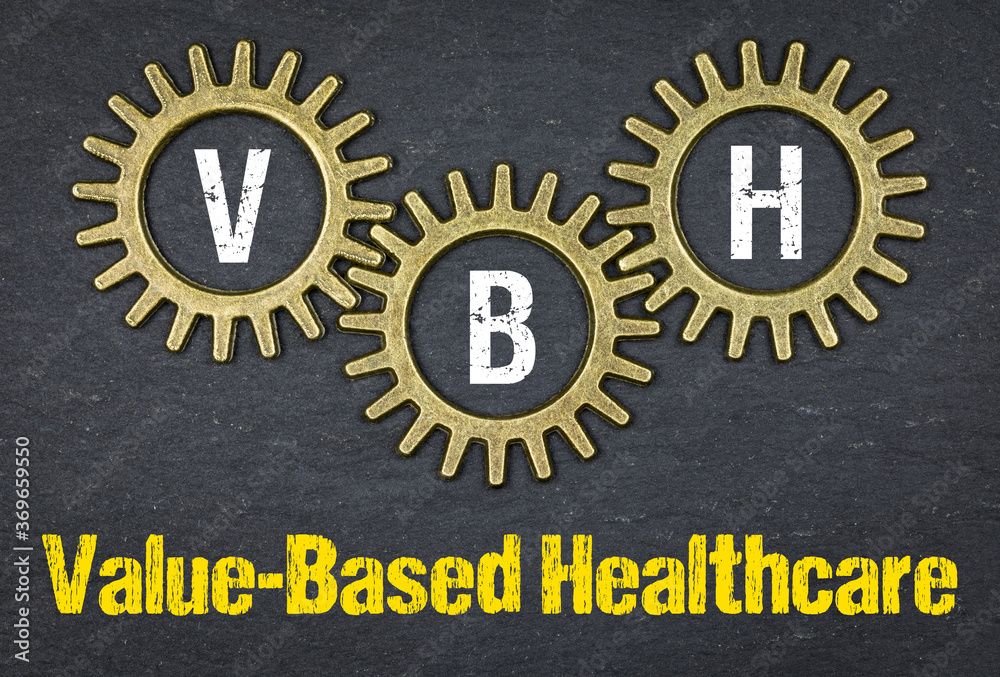Article
What’s driving the transition to value-based care?
Author(s):
States, investors and consumers are leading the way

The COVID-19 pandemic has taught us it’s possible for the health care system to transform care delivery—and quickly. We saw vaccines come to market in record time, heightened cross-industry collaboration to track vaccine statuses, and virtual care use surge. Similarly, the pandemic demonstrated that value-based care delivery models, where payment is based on outcomes versus the number of services provided, are critical to improving patient outcomes and lowering costs.
However, there is still work ahead to increase adoption of value-based care across the health care continuum. To understand where value-based care is heading, it is crucial to understand the forces advancing value-based care delivery models:
States are forging ahead with focus on data standardization.
Despite the Biden Administration pushing back timelines for implementing key value-based reimbursement models, some states are moving ahead. California, New York, Oregon and Texas are advancing their own versions of “value-based payments 2.0” programs and resetting initiatives that are leading the way in delivery system reform. These state-based initiatives are designed to improve outcomes through a focus on standardizing data and investing in automated data reporting and exchange channels. For example, the Council for Affordable Quality Healthcare has been working to improve transaction processing so that it includes value-based care content that supports providers at the point of care.
Investors are placing big bets on value-based care due to market consolidation and anticipated policy changes.
The surge in enrollment and the economics of Medicare Advantage and Managed Medicaid will continue to drive growth for startups, as well as accelerate market consolidation with many payers buying and merging with Medicare Advantage plans. All signs point to the venture capital market continuing to build on this strategy by investing in both business plan and technology solutions that enable the integration of provider delivery systems, including value-based care, with payer organizations. On the technology side of the healthcare market, we can expect continued consolidation as companies with narrow focuses merge to create more comprehensive end-to-end products that provide solutions to business problems rather than just software tools.Fueling this speculation, the Centers for Medicare & Medicaid Services is expected to roll out support for new and renewed Medicaid waivers to advance value-based care initiatives at the state level.
Consumers expect more from the health care system and will demand value-based care models.
With penalties increasing in 2022 for hospitals noncompliant with price transparency rules, and younger health care consumers growing increasingly dissatisfied with existing models of care delivery, there will be nowhere for providers to turn except value-based care. This version of value-based care, however, will have a strong focus on actual outcomes, not just achieving an acceptable ratio of quality-to-cost based on numerators and denominators.
Younger consumers expect that increased data sharing ultimately will lead to better access to more personalized, high-quality care. Given their comfort with sharing health information and data, the dollars they are spending on well-being and the expectation for work-life balance, a clash of values will quickly emerge when it comes to the structure of our care delivery system. Their heightened expectations, combined with new technology and government mandates, will push value-based care forward more than has any previous generation.
- Health IT companies are enhancing their risk adjustment capabilities to further value-based care.
Emerging risk adjustment technology and software enable better control over the data capture process and the evaluation and interpretation of that data. Data validation capabilities that code procedures and diagnoses accurately and represent delivered care do exist—and are now powered by technology that greatly improves what had been a highly manual process prone to mistakes and inaccuracy. Technologies such as natural language processing, machine learning and artificial intelligence are being applied in real time to enhance the richness of any data being captured to enable value-based payment models.
Value-based care is steadily gaining ground across the health care industry. With payers, providers, investors, patients and technology companies joining in the effort, there are no signs that value-based care adoption will slow down. Government and commercial payers are projecting increased investment in the transition to value-based health care, and providers are embracing the reality that value-based care represents the future of health care.
Michael Pattwell is principal consultant of value-based care at Edifecs, a global health IT company.




